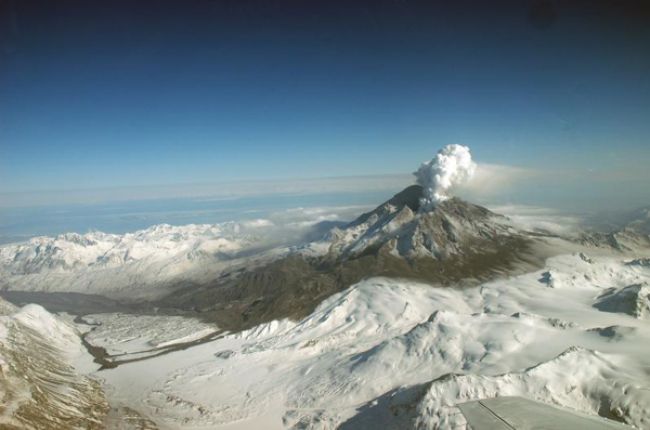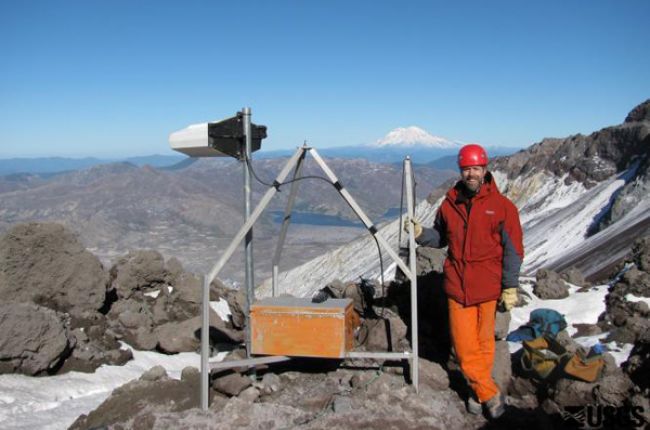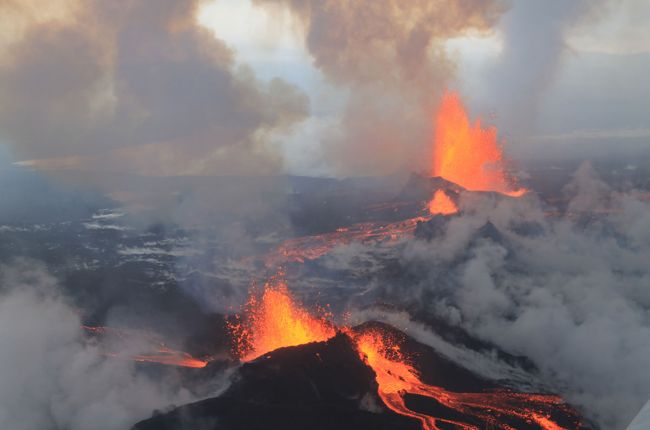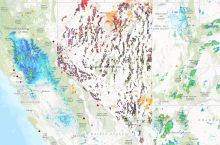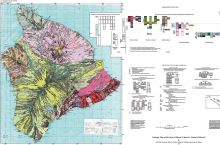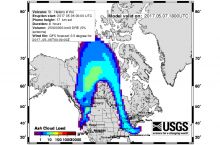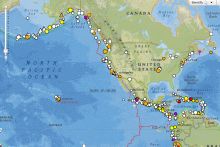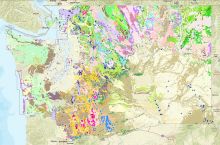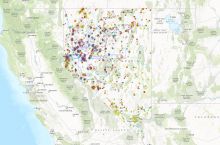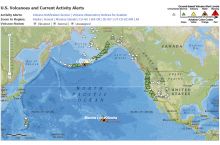An explosive volcano can devastate its local area with mudflows, lava flows, and avalanches of hot rock and gas. Mudflows from ice-clad volcanoes like Mt. Rainier can travel tens of miles from the volcano. Some volcanic hazards, such as ash fall, can even impact areas hundreds of miles away. While it is not possible to forecast the exact time and place of an eruption, volcano monitoring is important in order to detect changes in a volcano's activity and provide warning of potential eruptions.
Why do volcanoes matter?
As populations expand, more people, property, and airline routes are exposed to volcanic hazards. Volcanoes in the United States principally affect the West Coast states, Hawaii, and Alaska, but ash from eruptions can travel hundreds of miles, grounding flights and hindering ground transportation. The last major eruption in the lower United States occurred at Mount St. Helens in Washington in 1980, killing 57 people and causing nearly $1 billion in losses to forestry, agriculture, buildings, and roads.[1,2,3]
How does geoscience help inform decisions about volcanic hazards?
Geoscientists monitor volcanoes and study how they work in order to forecast eruptions and volcanic landslides. They also use combine measurements and observations with computer models to produce maps that show the predicted extent and impact of volcanic hazards, which can be used by emergency managers, planners and other decision makers to better prepare for and respond to volcanic hazards.
References
1Washington State Department of Commerce and Economic Development Research Division, cited by Oregon State University, "Cost of Volcanic Eruptions" http://volcano.oregonstate.edu/cost-volcanic-eruptions
2The Economic Effects of the Eruptions of Mt. St. Helens, United States International Trade Commission Publication 1906, https://volcanoes.usgs.gov/vsc/file_mngr/file-78/pub1096.pdf
3What were the effects on people when Mt St Helens erupted? Oregon State University, https://volcano.oregonstate.edu/faq/what-were-effects-people-when-mt-st-helens-erupted
Learn More
Introductory Resources
- Types of Volcano Hazards (Webpage), U.S. Geological Survey
Basic information on the main types of volcano hazards: gases, lahars, landslides, lava flows, pyroclastic flows, and tephra. Each hazard's page also overviews triggers, effects, case studies, and warning systems.
Resources for Educators
- Education Resources Network, AGI's Center for Geoscience & Society
Search for volcano resources in: Professional Resources, Curricula & Instruction, Teaching Media, Outreach Programs
- NGSS Performance Expectations, Next Generation Science Standards
K-ESS3-2, 2-ESS2-2, 3-ESS3-1, 4-ESS3-2, MS-ESS3-2, HS-ESS3-1
- NGSS Disciplinary Core Ideas, Next Generation Science Standards
ESS2.B, ESS3.B

